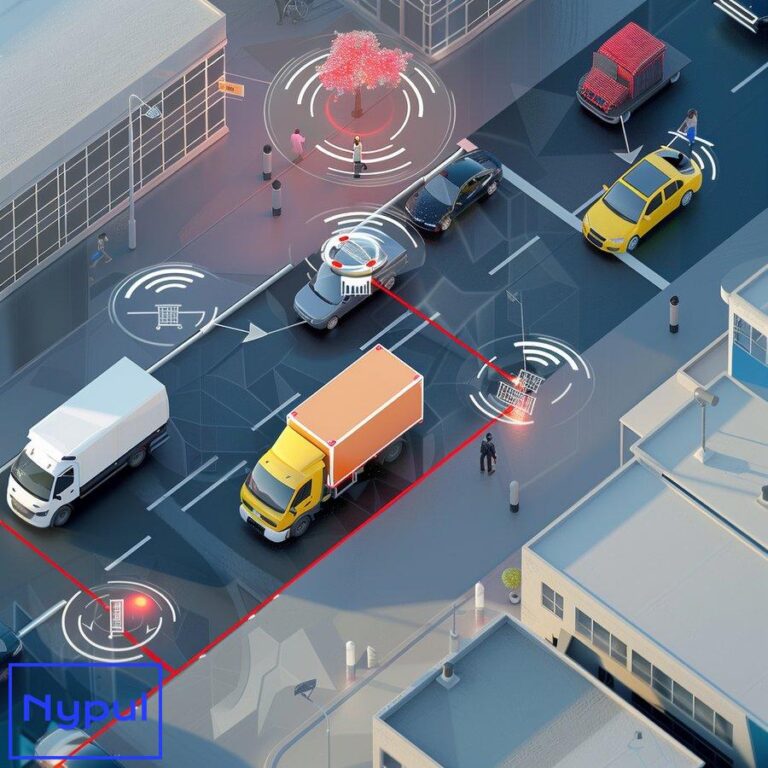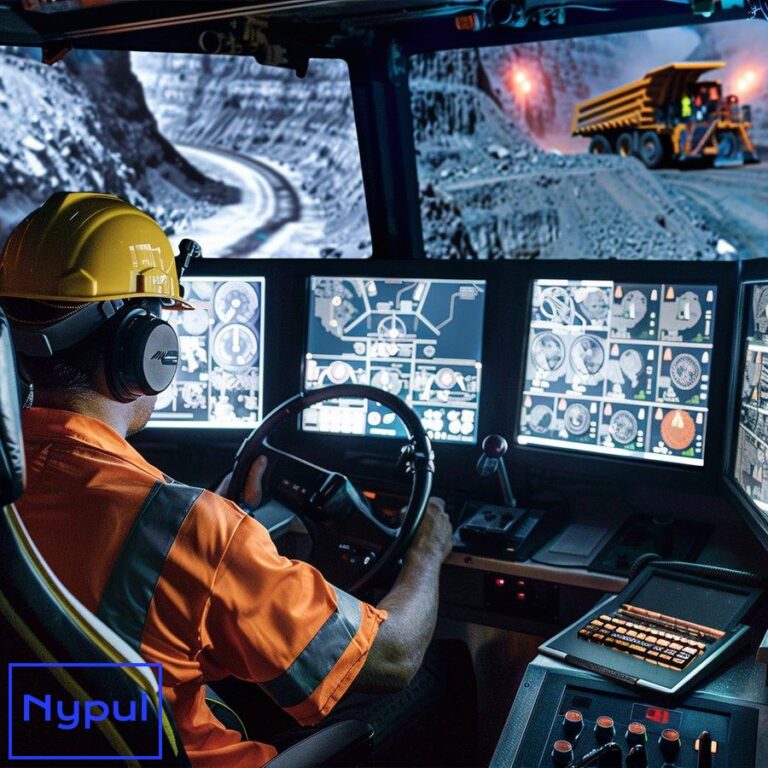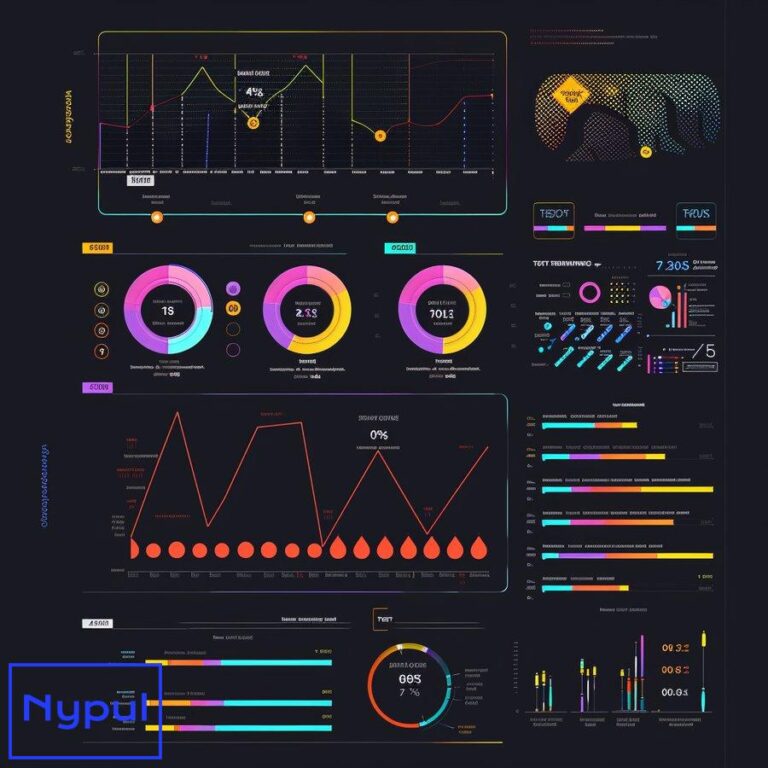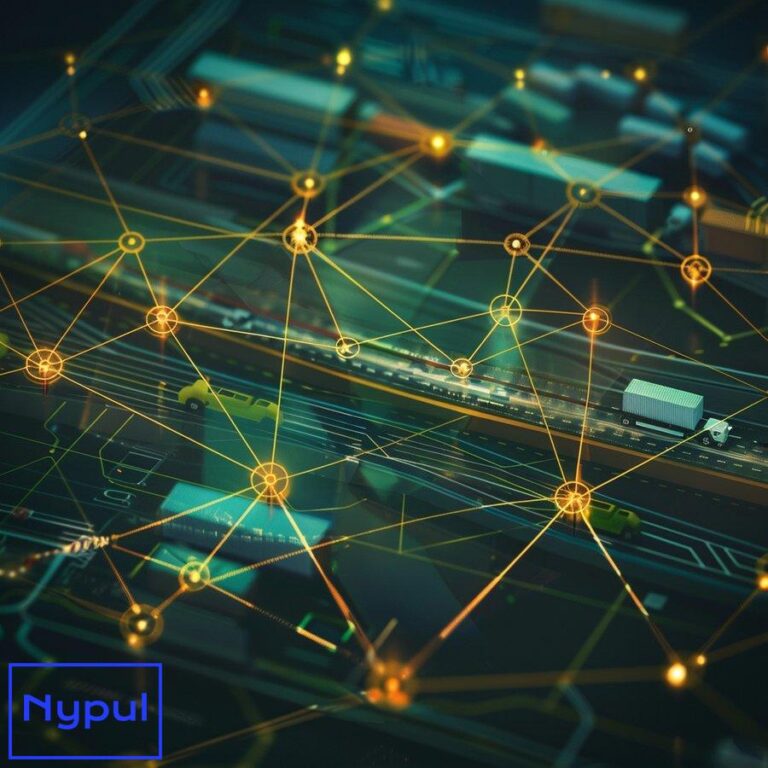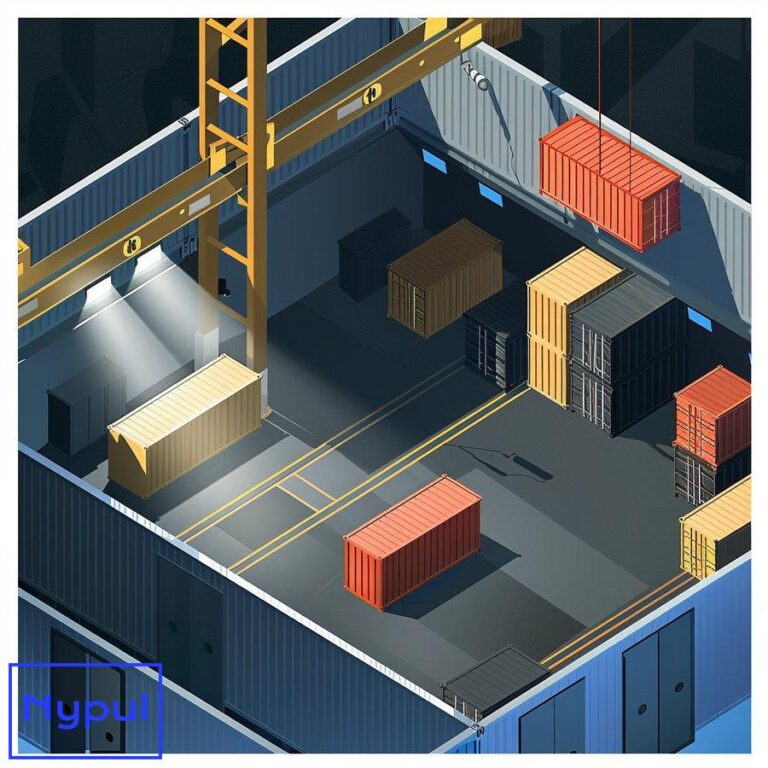What Is the Role of Artificial Intelligence in Transportation
Artificial intelligence (AI) is revolutionizing the transportation industry, transforming how we move people and goods from one place to another. This technology is not just a futuristic concept; it’s already being implemented in various aspects of transportation, from autonomous vehicles to traffic management systems. The integration of AI in transportation promises to enhance safety, efficiency,…
